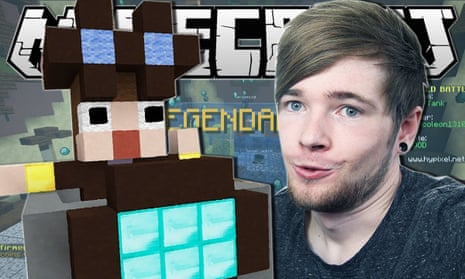At the Children’s Media Conference in Sheffield last week, one big structural shift in how the young watch TV loomed large amidst conversations about diversity and the impact of Brexit.
YouTube was still the hottest of topics, with its ever-growing popularity among children making it impossible to ignore. In May 2016, 35 of the top 100 YouTube channels (by video views) were aimed at children, generating 8.6bn views collectively.
“Children are talking about YouTube in the same breath as TV,” said Jane Rumble, director of market intelligence at Ofcom, who added that since 2010 there has been a 25% decline in children’s viewing of linear TV – even if it still represents half their media time.
Many of the YouTube channels benefiting do not look like traditional children’s shows, from toy-unboxing videos to Minecraft gamers and vloggers.
Animation companies trying to find new audiences on YouTube fear they may struggle to attract viewers up against these other channels, which capitalise on YouTube’s content recommendation algorithm.
“The algorithm is a really tricky one for animators … everybody knows that you [should] upload at least three or four videos a week, and at least 10 minutes a week,” said Sarah Darling, director at studio Jelly Penguin.
“If you’re a vlogger talking about your hair in your bedroom, that’s easy. If you’re someone like PewDiePie who has a huge team of people, yes you can have that output.”
Many animators, however, struggle to hit these targets. Some are trying to work with the algorithm by posting vlogs and making-of videos, while others are sticking to their guns and hoping quality will find them an audience.

Comments (…)
Sign in or create your Guardian account to join the discussion